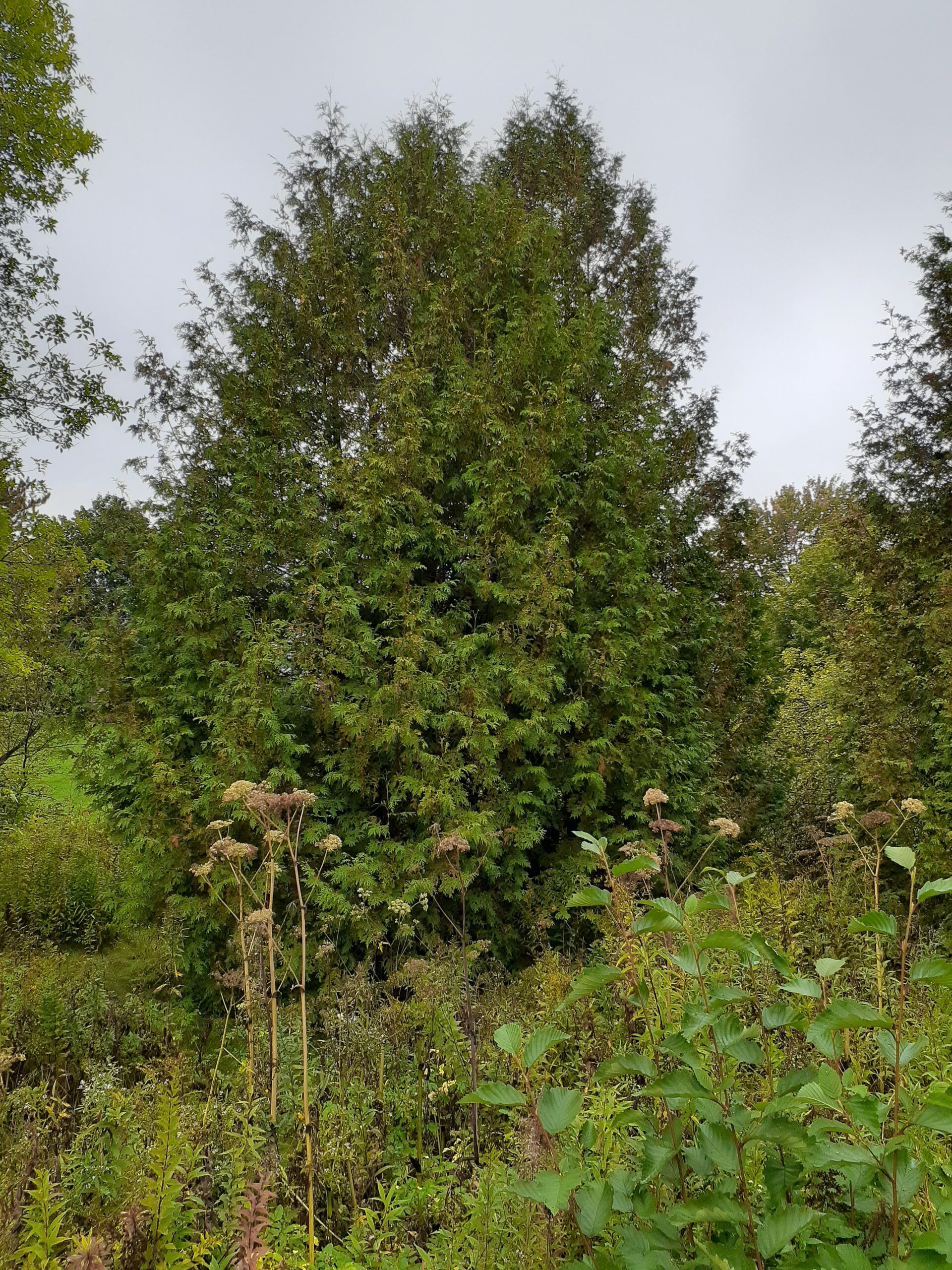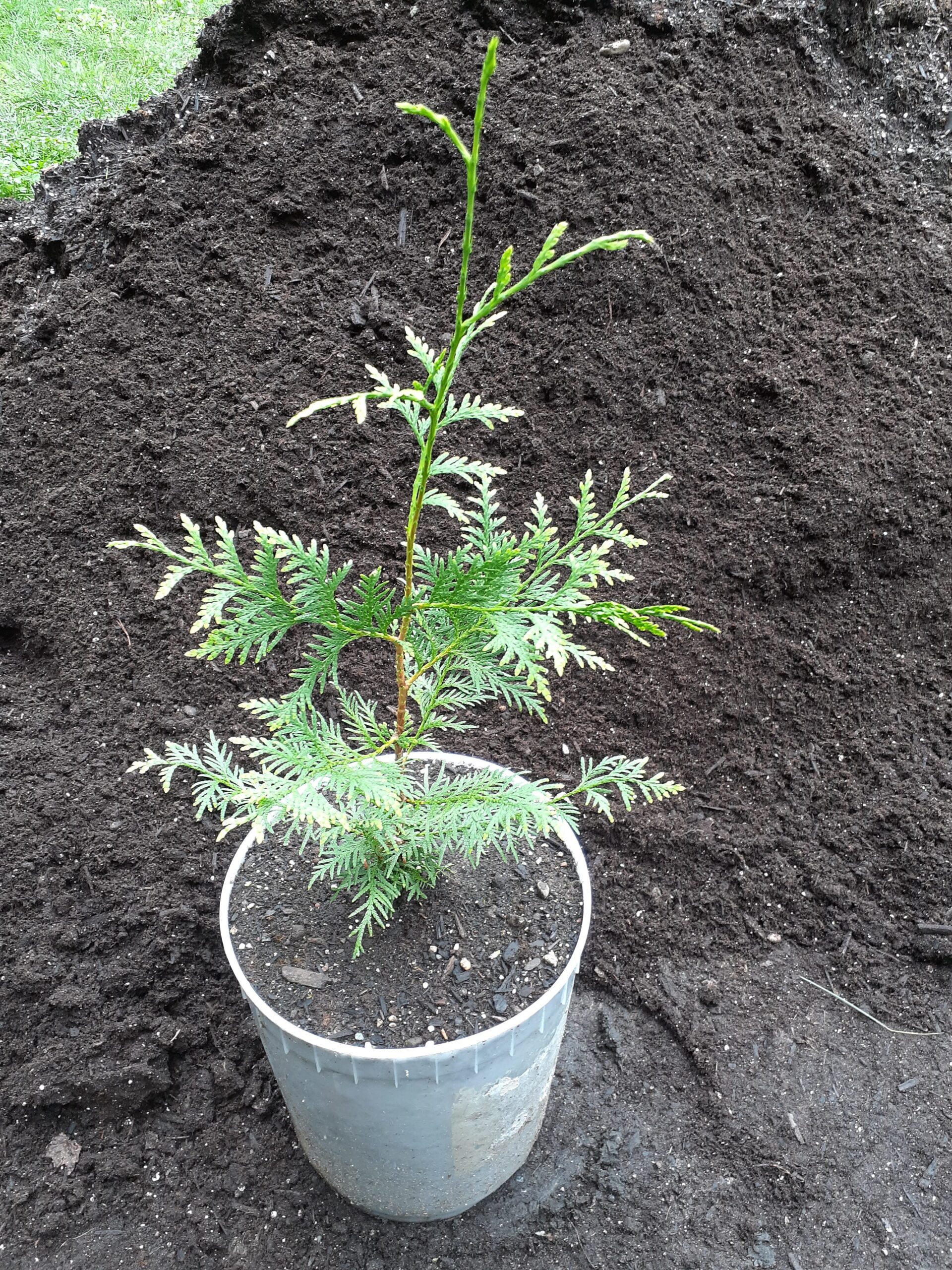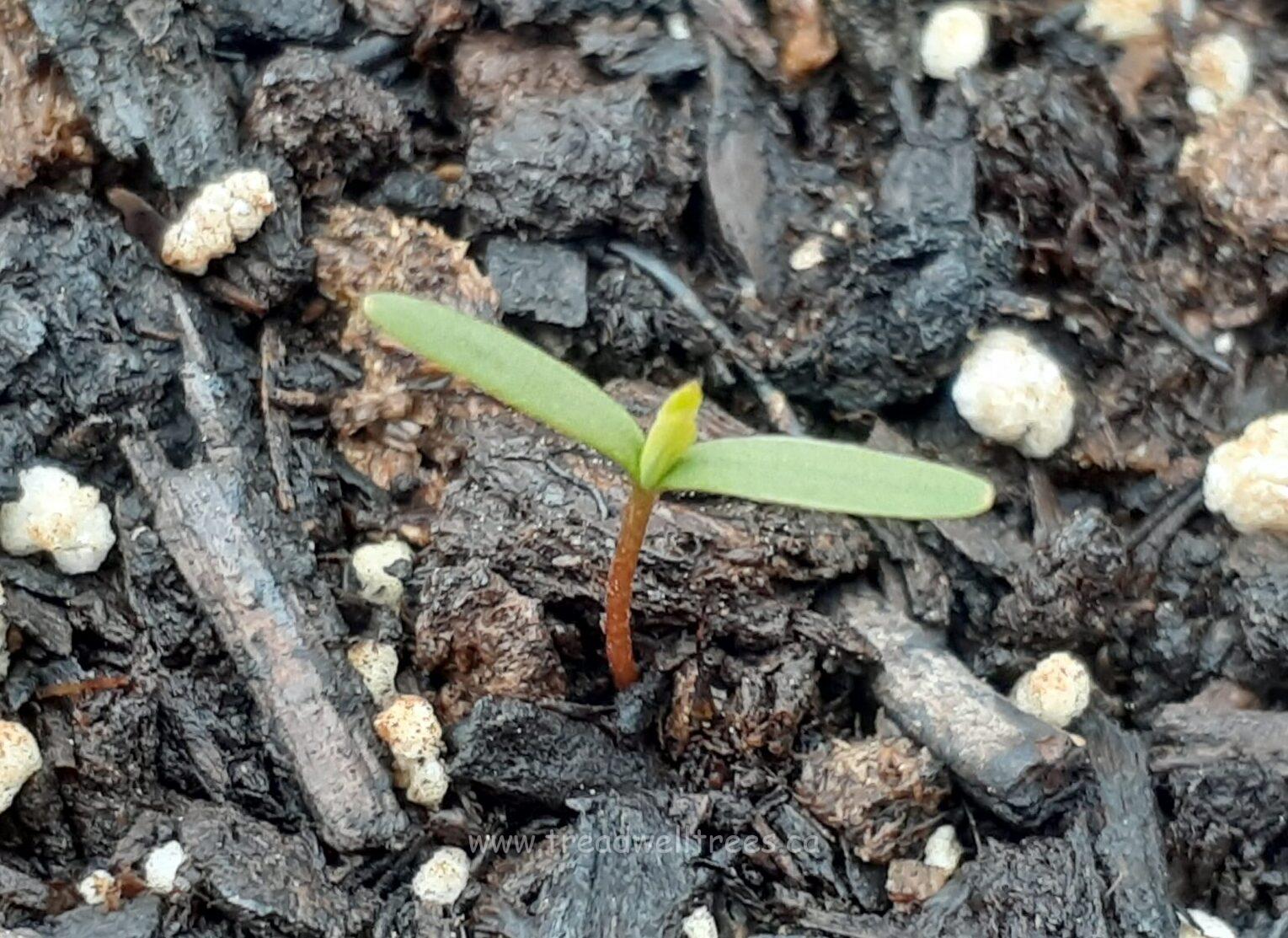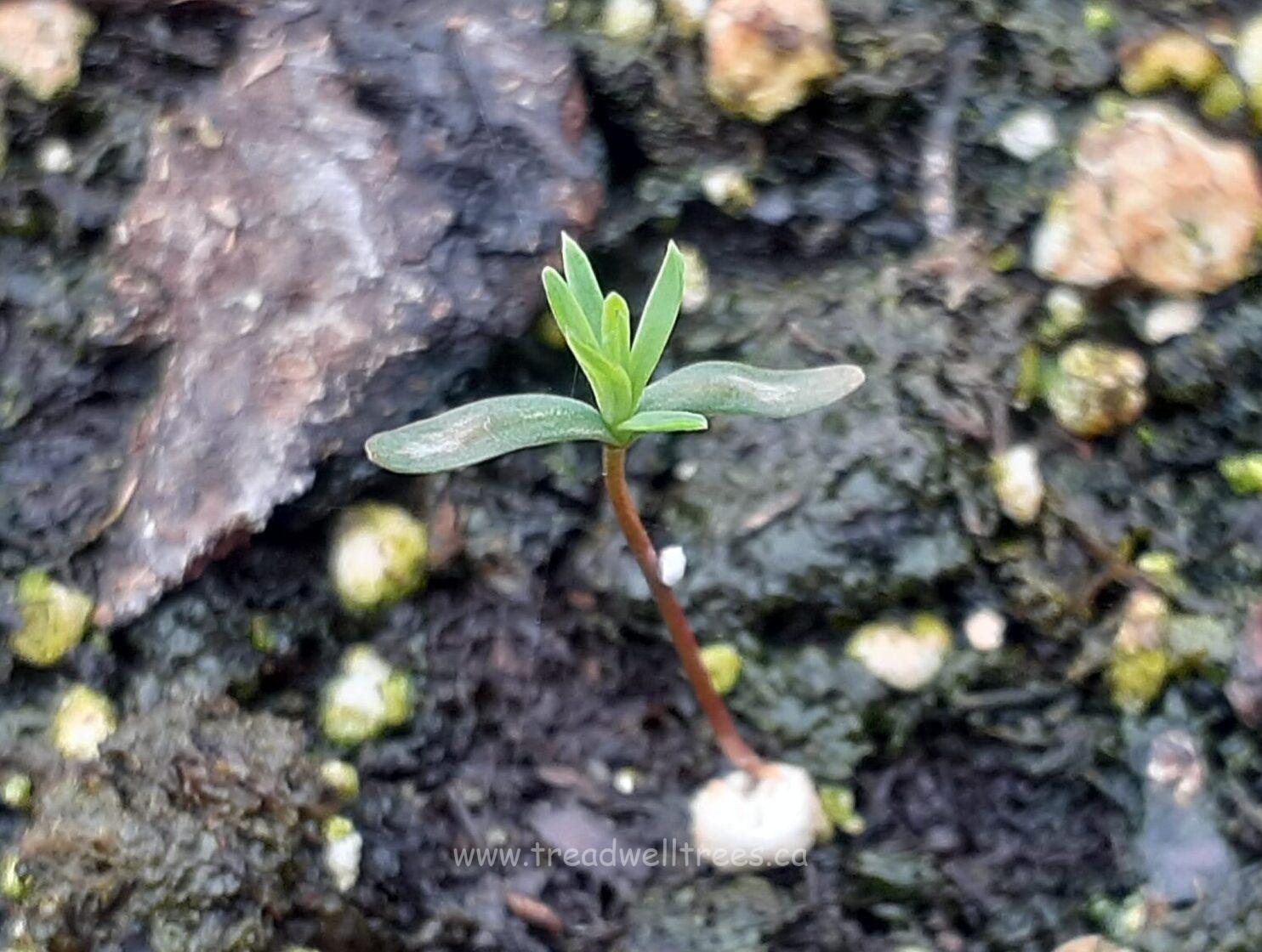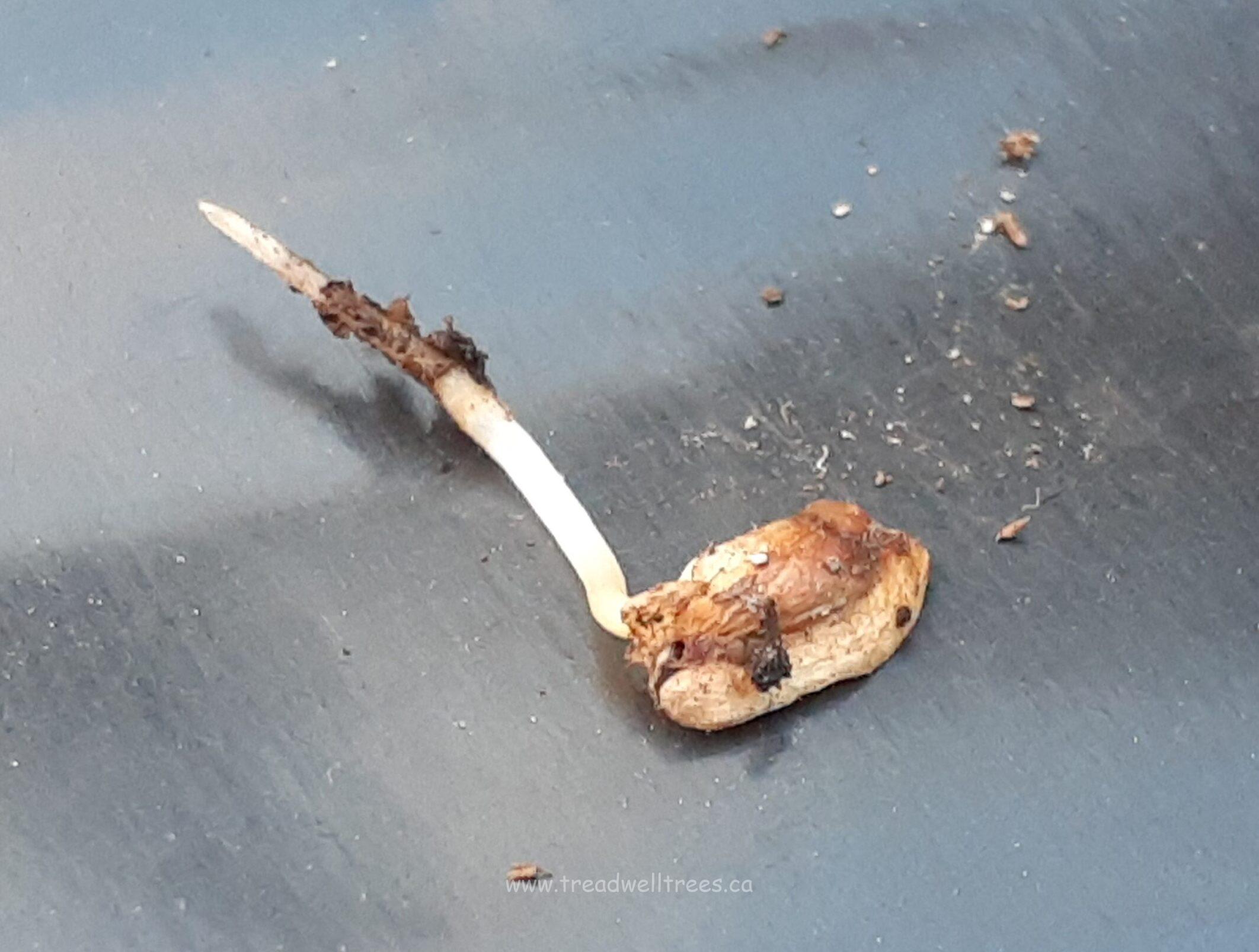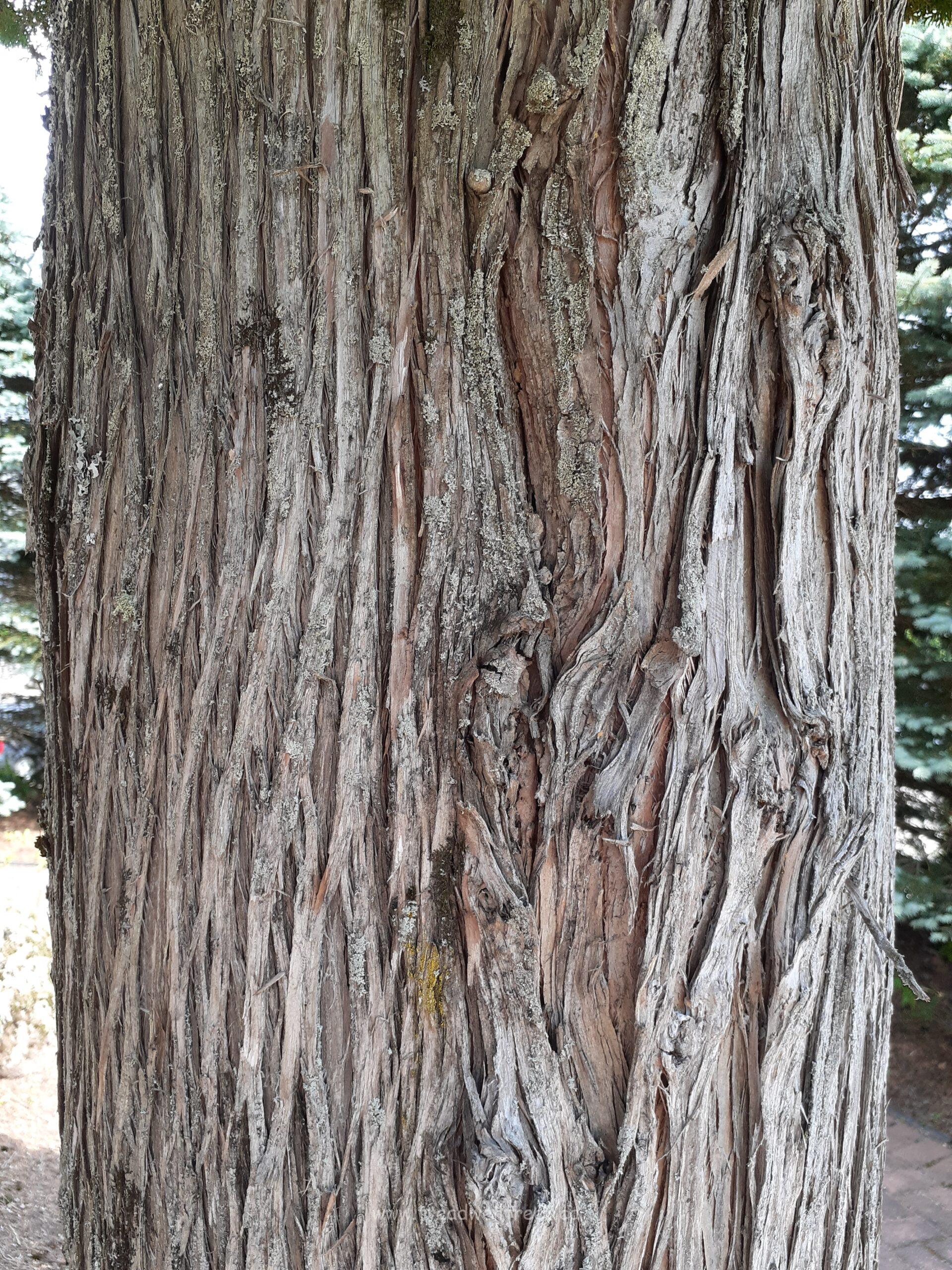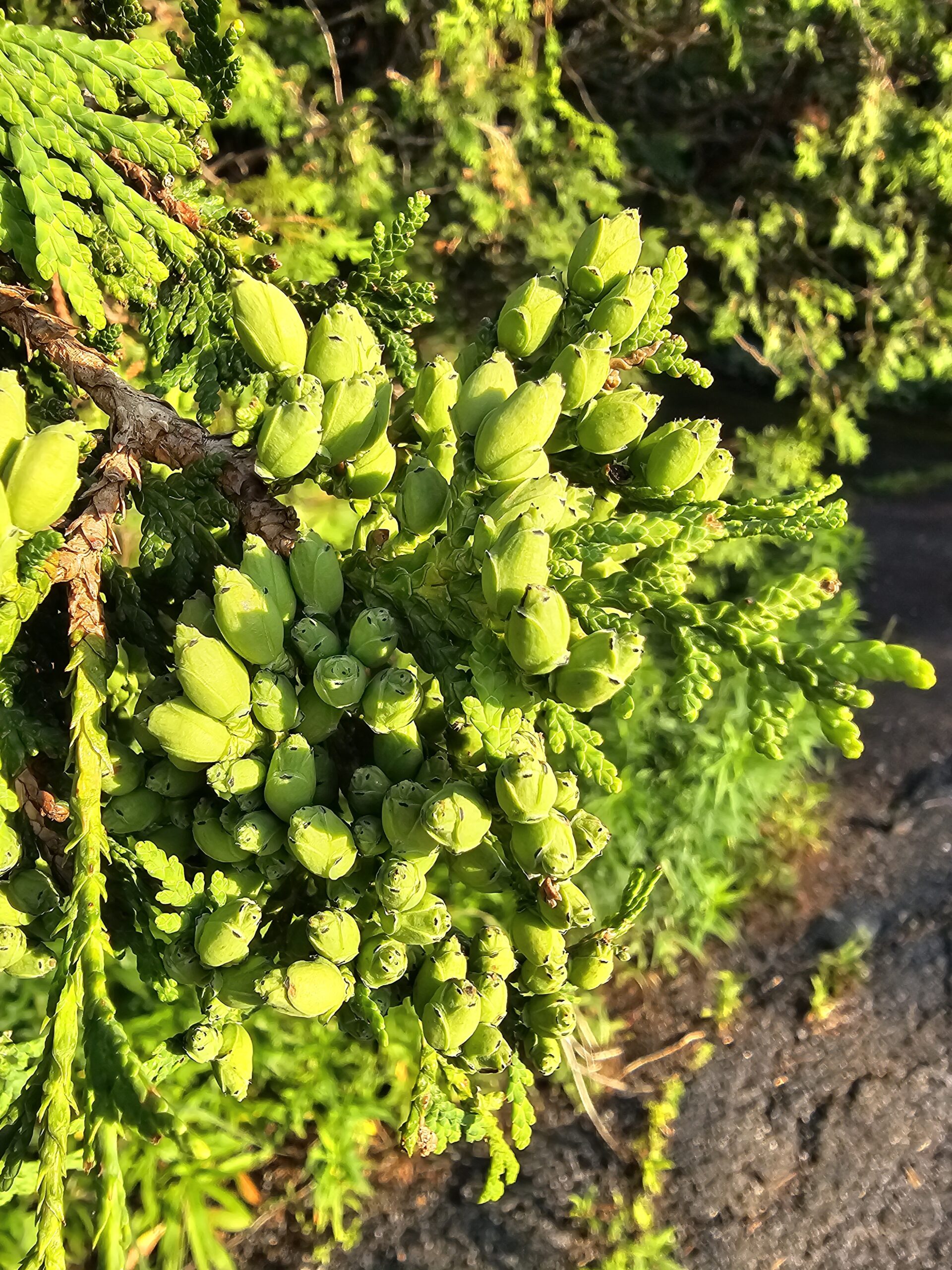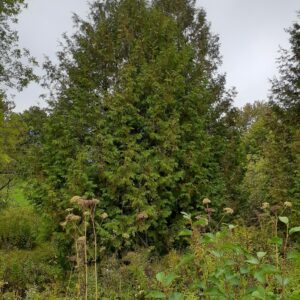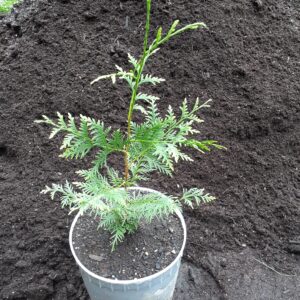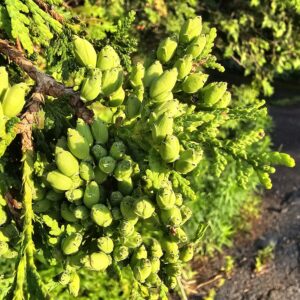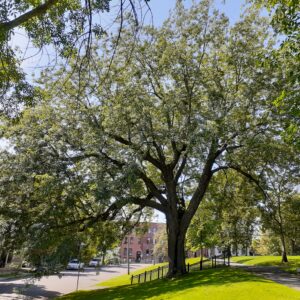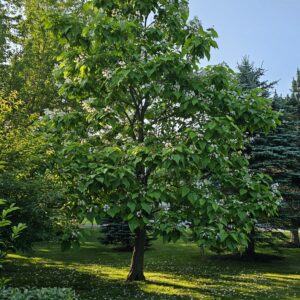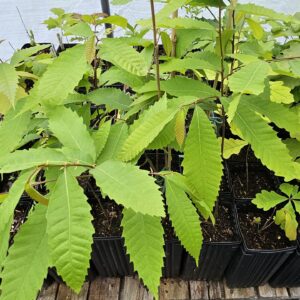Eastern White Cedar
(Eastern Arborvitae, Northern White Cedar)
Thuja Occidentalis
An abundant evergreen both in the wild and in cultivation. It is native to New Brunswick and is often used as a hedge tree for privacy due to its dense foliage. There are many cultivars of this species including dwarf varieties. My trees are grown from seed collected from large wild trees that could reach 60 feet in height. Unusual but attractive needles that appear as overlapping scales. A valuable tree to local wildlife – seeds for the birds and small mammals and winter foliage for the deer. Will tolerate heavy pruning.
Additional information
| Foliage | Evergreen, Coniferous |
|---|---|
| Locale | Native to New Brunswick, Native to North America |
| Height | Medium (30-60ft) |
| Width | Moderate |
| Form | Pyramidal |
| Growth Rate | Moderate |
| Longevity | Long (over 100 years) |
| Hardiness Zones * | 3, 4, 5 |
| Sun Exposure | Full Sun (over 6 hrs), Partial Sun (4 to 6 hrs) |
| Soil Preferences * | Moist, Slightly Alkaline, Well Draining |
| Soil Tolerances | Dry, Slightly Acidic, Wet |
| Other Tolerances | Occasional Drought, Occasional Flooding, Road Salt, Urban Pollution, Walnut Toxicity |
| Ornamental Interest | Leaves (shape) |
| Wildlife Value | Birds (fruits/seeds), Large Mammals (leaves), Small Mammals (fruits/seeds) |
| Human Value | Carpentry (wood) |
| Seed Collection | Personally in NB |
| Planting Considerations | Prone to Ice Damage, Shallow Roots |


